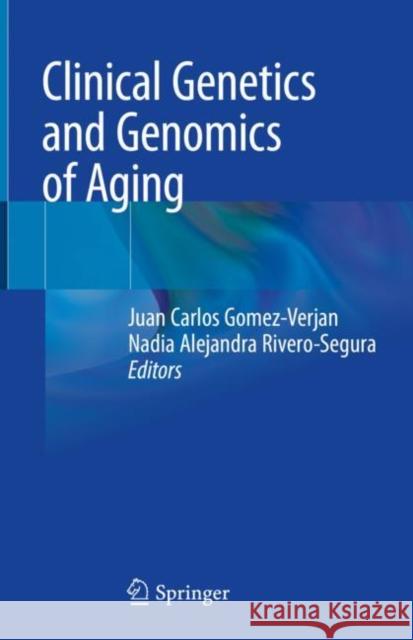Clinical Genetics and Genomics of Aging » książka
topmenu
Clinical Genetics and Genomics of Aging
ISBN-13: 9783030409548 / Angielski / Twarda / 2020 / 271 str.
Clinical Genetics and Genomics of Aging
ISBN-13: 9783030409548 / Angielski / Twarda / 2020 / 271 str.
cena 403,47
(netto: 384,26 VAT: 5%)
Najniższa cena z 30 dni: 385,52
(netto: 384,26 VAT: 5%)
Najniższa cena z 30 dni: 385,52
Termin realizacji zamówienia:
ok. 22 dni roboczych
Bez gwarancji dostawy przed świętami
ok. 22 dni roboczych
Bez gwarancji dostawy przed świętami
Darmowa dostawa!
Kategorie BISAC:
Wydawca:
Springer
Język:
Angielski
ISBN-13:
9783030409548
Rok wydania:
2020
Wydanie:
2020
Ilość stron:
271
Waga:
0.54 kg
Wymiary:
23.88 x 19.56 x 1.52
Oprawa:
Twarda
Wolumenów:
01











